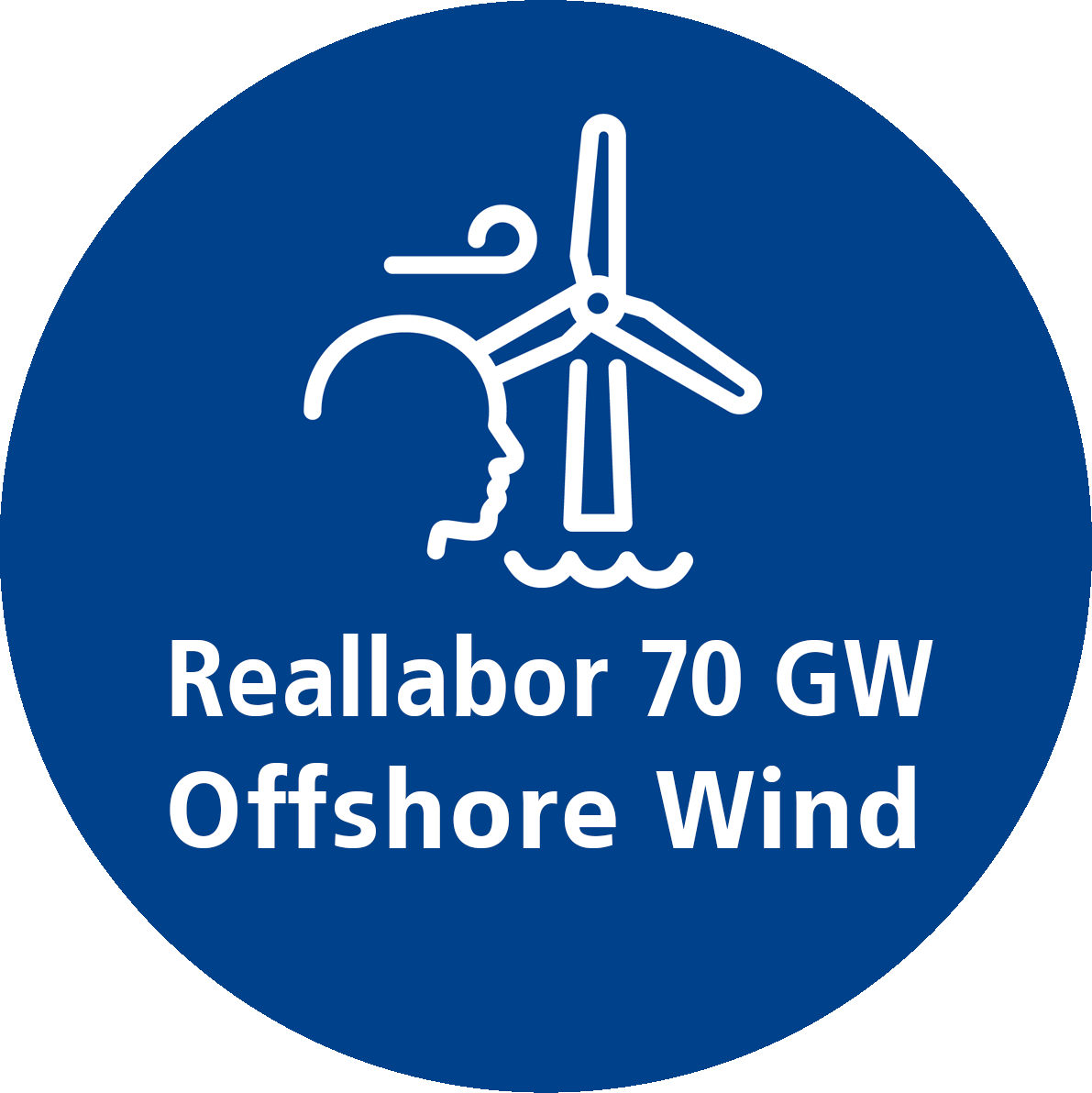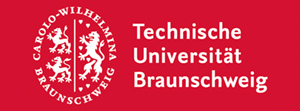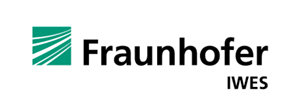Living Lab 70 GW Offshore Wind
Our mission
In order to achieve the climate protection targets, we need to fundamentally change our energy system. It is becoming increasingly clear that the success of this transformation depends heavily on the sustainable use and environmentally friendly operation of offshore wind energy. It is a crucial key element in achieving sustainable development goals.
Wind energy research is a key element in realizing the offshore expansion to 70 GW by 2045
Germany has committed to providing a total of 70 gigawatts of offshore wind energy by 2045. However, current research shows that the areas currently planned in the German Bight are not sufficient to achieve this target. Technical innovations are therefore needed along the entire value chain – from the wind turbines to the offshore wind farms.
In the living lab, we work together to find solutions to successfully expand offshore wind energy while safeguarding the interests of all stakeholders.
These innovations are a previously underutilized lever for using maritime space more efficiently while minimizing the impact on the marine environment. At present, various uses and protection requirements such as shipping, fishing, military and environmental protection are in direct competition with wind energy. The possible interactions and opportunities for joint use are not yet sufficiently taken into account.
Our research project aims to provide concrete knowledge for stakeholders from administration, industry and politics. Together, we want to find solutions to successfully expand offshore wind energy while safeguarding the interests of all stakeholders.
We create evidence-based, practical foundations to make sustainable decisions for the large-scale expansion of offshore wind energy – and thus ensure long-term social acceptance and technological innovation.
What is a living lab?
A rliving lab is a place where we tackle real challenges from the real world together. We not only work scientifically, but also develop solutions together with people from different areas such as administration, industry and civil society. In a joint process (“co-design”), we plan the projects, implement them (“co-production”) and evaluate the results (“co-evaluation”).
It is important that we constantly question ourselves: Are we achieving our goals? Do we need to adjust anything? This self-reflective element helps us to effectively support the expansion of offshore wind energy and bring together many different players.
Our team already has a lot of contacts and experience that we would like to build on in the living lab. The five-year term gives us the opportunity to shape our research step by step. This allows us to evaluate the results together during the project and continuously improve our approaches.
Innovation areas of the living lab
The living lab is divided into five innovation areas, each of which is dedicated to different aspects of the expansion of offshore wind energy.
Innovation Area I - Social and economic issues relating to the expansion of offshore wind energy
The subject of Innovation Area I is the analysis of conflict potentials, opportunities and conditions for the success of offshore expansion, the design of the necessary participation processes and the evaluation of the expansion targets under various techno-economic scenarios. The knowledge gained should enable socially and economically viable, socially just and ecologically compatible marine and coastal management.
- Expert interviews and surveys of the various stakeholders
- Conception and organization of dialogue formats, regional transfer events
- Involvement and participation of the various stakeholders in the analysis and the development of implementation strategies
Innovation area II - Sustainable maritime spatial planning and use of the German Bight
Various co-utilization scenarios are being developed together with various stakeholders from research, industry, planning authorities, environmental protection associations/authorities and users of the maritime space. The results will be presented and compared in international forums in order to be able to transfer findings on large-scale expansion to the entire North Sea.
- Close integration with IB I in order to incorporate social and economic aspects into the assessment.
- Recommendations on how the expansion can be realized sustainably, especially beyond 50 GW.
Innovation area III - Life cycle management of offshore wind turbines and wind farms
In order to create scope for action through optimized operating scenarios and maintenance strategies when realizing offshore expansion targets, information on the state of health of individual wind turbines and offshore wind farms is essential. In innovation area III, the comprehensive analysis of structural and SCADA data using innovative methods of population-based structural health monitoring will create the necessary basis for central questions.
- Maintenance and repowering as the basis for a techno-economic assessment of the required expansion
- Extension of the remaining service life through optimized inspection and maintenance of support structures and rotor blades
Innovation area IV - System-oriented integration and aerodynamics of offshore wind turbines and wind farms
The focus is on two offshore measurement campaigns in wind farm clusters. This database will be used to reconstruct flow dynamics on different scales and enable predictions to be made. Higher wind turbines will reach into strong, laminar winds. The interaction of these flow conditions with turbines and their wakes will be examined in more detail using wind tunnel investigations.
- Quality-assured in-situ measurement campaign in two wind farm clusters. Networking with IB III, IV and V with simulations
- Operational optimization: power – grid integration – loads (operating time/costs)
Innovation area V - Marine pressure limits and cumulative ecological impacts
The overarching goal of Innovation Area V is to collect environmental-physical field data that can serve as a reliable basis for assessing the impact of offshore wind energy on the marine environment in order to develop comprehensive strategies in synergy with other research projects that record and reduce the undesirable effects of offshore wind energy on the marine environment.
- Assessment of the effectiveness of targeted mitigation concepts (“nature inclusive design”, analysis of “multi-use” potentials)
- Customized “what-if” scenarios for stakeholders and decision-makers
EFZN Transfer
In order to accelerate the energy transition, the results of the living lab must be quickly transferred into applications in business and society. This requires targeted communication formats with civil society, administration and politics (transfer through information), targeted support for energy-specific innovations and start-ups (transfer through implementation) and the expansion of energy-related scientific training for specialists and managers (transfer through brains). “EFZN Transfer”, as the link between all research platforms, recognizes needs at an early stage and controls the success of energy research in Lower Saxony via efficient transfer monitoring and impact roadmaps. The three sub-areas are
- EFZN Communication
- EFZN-Academy
- EFZN Innovation
The research partners in the living lab
The challenges and knowledge deficits for an increased expansion of wind energy are also seen in the so far incomplete approaches to inter- and
transdisciplinary cooperation. In particular, the involvement of civil society and its identification with the development of infrastructure for the use of wind energy and its co-use requires an approach and solution finding in both the technical and social areas. The following partners are working together in the 70 GW Offshore Wind living lab:
Our research projects
In each innovation area, the research objectives are pursued in various sub-projects.
The TEN.efzn research program
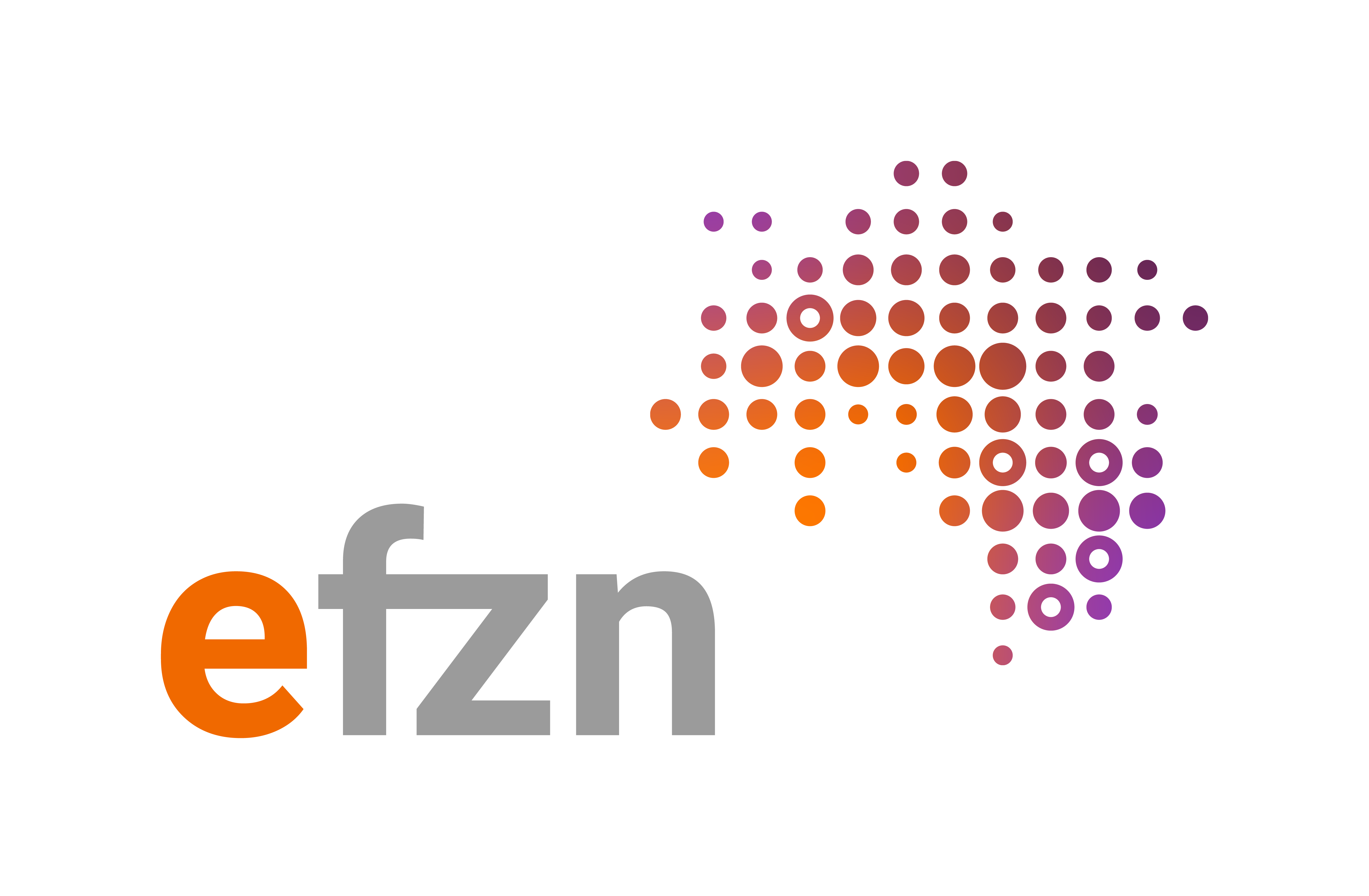
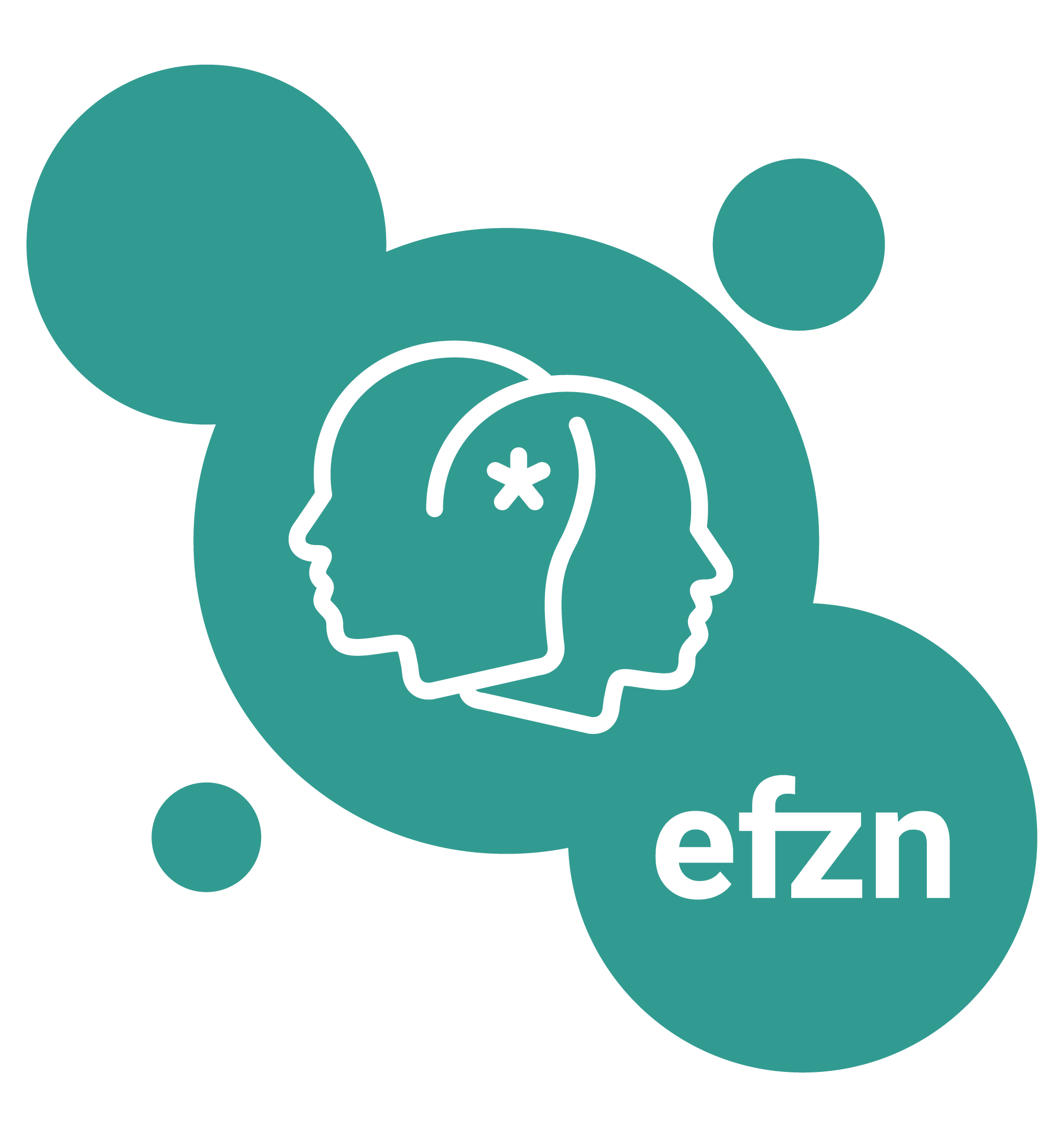
TEN.efzn - The program
Over the next five years, more than 180 researchers at 15 research institutions in Lower Saxony will be researching solutions for the energy system of the future in the “Transformation of Lower Saxony’sEnergy System ” (TEN.efzn) program.
Divided into six closely interlinked research platforms, the program combines the key strengths of Lower Saxony’s energy research and also opens up new innovative fields of research.
TEN.efzn is funded with around 58.2 million euros from zukunft.niedersachsen, the joint science funding program of the Lower Saxony Ministry of Science and Culture and the Volkswagen Foundation.
Transfer in TEN.efzn
As Lower Saxony’s hub for the energy transition, EFZN-Transfer promotes interdisciplinary cooperation and supports the entire process: from basic research to practical application projects and the implementation of research results.
The goals are:
- Acceleration and greater acceptance of the energy transition in Lower Saxony.
- Creation of efficient transfer structures for energy research
- Further training of specialists and managers for the energy transformation
- Successful energy start-ups and technical and social energy innovations
- Global visibility and profiling of energy research in Lower Saxony
The EFZN
The Energy Research Center of Lower Saxony (EFZN) is a joint scientific center of the universities of Braunschweig, Clausthal, Göttingen, Hanover and Oldenburg.
As Lower Saxony’s central research, networking and communication platform, it pools the energy research expertise of the university locations from the natural and engineering sciences as well as law, social sciences and economics and brings together the players involved in the transformation of the energy system from science, business, administration, politics and civil society.
